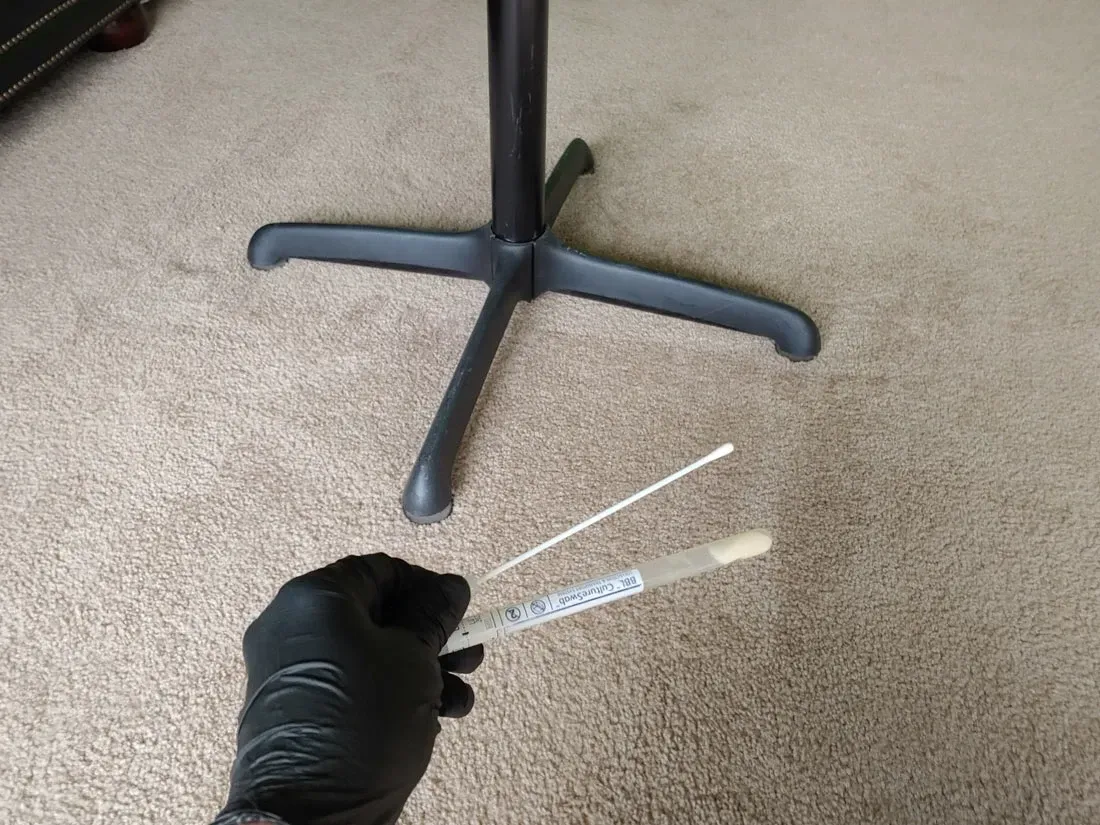Professional Steps for Remediation Mold in Myrtle Beach, SC Offices

Mold is often seen as a problem that only occurs in homes (especially older ones), but unfortunately, that is untrue. Mold can be devastating to wood because it can rot and weaken, but similar issues happen to buildings made from steel and concrete. How do you know if your office is safe and free of mold? Do you need duct cleaning in Myrtle Beach? When the problem gets bad, it is common for people to see mold stains and smell a musty smell. You shouldn't wait till the problem becomes a catastrophe, so if you have doubts, reach out for the best mold testing in Myrtle Beach, SC.
To effectively remove mold from places of business, you must identify the source and thoroughly clean the area. Mold spores may cause health problems, including respiratory issues and allergic reactions. Therefore, addressing the issue promptly and effectively is crucial.
Identify and Eliminate Moisture Source
Mold remediation begins by locating and fixing the source of the moisture. This could be a leaking roof, burst pipe, or high humidity. Our talented team can test and find the cause of mold and thoroughly remediate the areas, which guarantees no mold will return for at least five years (our guarantee). With mold, unfortunately, the longer the problem remains, the worse it gets, so do not wait to reach out for help. You must remove mold in Myrtle Beach office spaces to conduct business properly.
Once our team has identified the source of the problem, we then take the following steps:
- Step 1: Isolate the Affected Area - Seal off the mold-affected area using plastic sheeting and tape. Install a negative air machine to prevent mold spores from spreading to other areas.
- Step 2: Identify and Fix the Source of Moisture - Identify the source of the moisture causing the mold and eliminate it. This could be anything from leaking pipes to poor ventilation.
- Step 3: Remove Contaminated Materials - Remove and discard items that can't be cleaned, such as ceiling tiles, drywall, and insulation, following the guidelines provided by the CDC.
- Step 4: Prepare Cleaning Solutions - Prepare a cleaning solution as the CDC recommends—1 cup of bleach per 1 gallon of water. For larger areas, professionals may opt for stronger commercial cleaning agents.
- Step 5: Cleaning and Sanitization - Wearing PPE, including a mask, goggles, and gloves, clean the mold from hard, non-porous surfaces using your cleaning solution. Bleach shouldn't be mixed with ammonia or other cleaning agents, as it will produce toxic fumes. Duct cleaning in Myrtle Beach is meant to clear the mold circulating through the system.
- Step 6: Drying - Completely dry the cleaned area within 24-48 hours using fans, dehumidifiers, or air conditioners. The World Health Organization (WHO) emphasizes rapid drying to prevent mold regrowth.
- Step 7: Verify Your Cleanup - Inspect the area to ensure all visible mold and odors are gone. You may want to conduct additional air quality tests to confirm the area is mold-free.
- Step 8: Post-Removal Strategy - Implement preventive measures such as improving ventilation, controlling humidity with dehumidifiers, and conducting routine inspections to prevent future mold growth.
- Step 9: Document the Process - Keep records of the remediation process, actions taken, and any tests carried out for future reference or in case the issue recurs.
When in doubt about mold in your office, you should not ignore the problem or take it on alone. Mold affects your building, but it also significantly negatively impacts productivity. Your staff cannot work to their full potential when breathing in mold spores all day. Reach out today for the best mold remediation Myrtle Beach SC offers.



